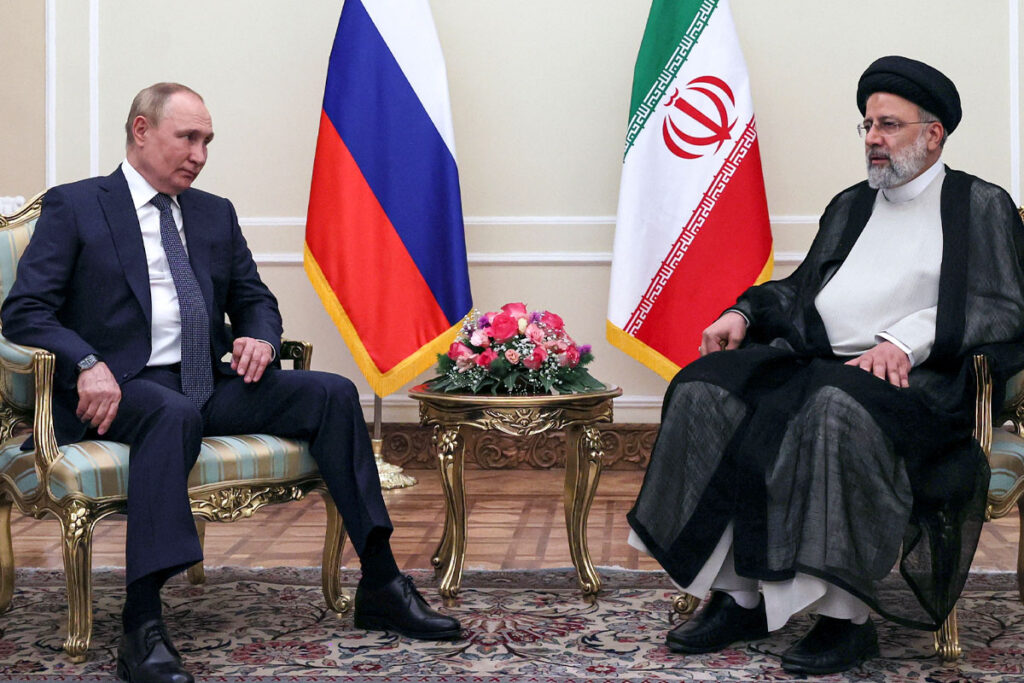This paper delves into the intricacies of Iran’s presidency, examining its historical context, constitutional framework, electoral process, and the evolving role of the president within Iran’s complex political system. It explores the powers and limitations of the Iranian presidency, the impact of domestic and international factors on presidential dynamics, and the significance of recent developments. Through a multidimensional analysis, this paper aims to provide a comprehensive understanding of the presidency in Iran.
Iran, Presidency, Constitutional Framework, Electoral Process, Political System, Domestic Factors, International Relations
Introduction
1.1 Background and Context
1.2 Objectives of the Study
1.3 Structure of the Paper
Historical Overview of the Iranian Presidency
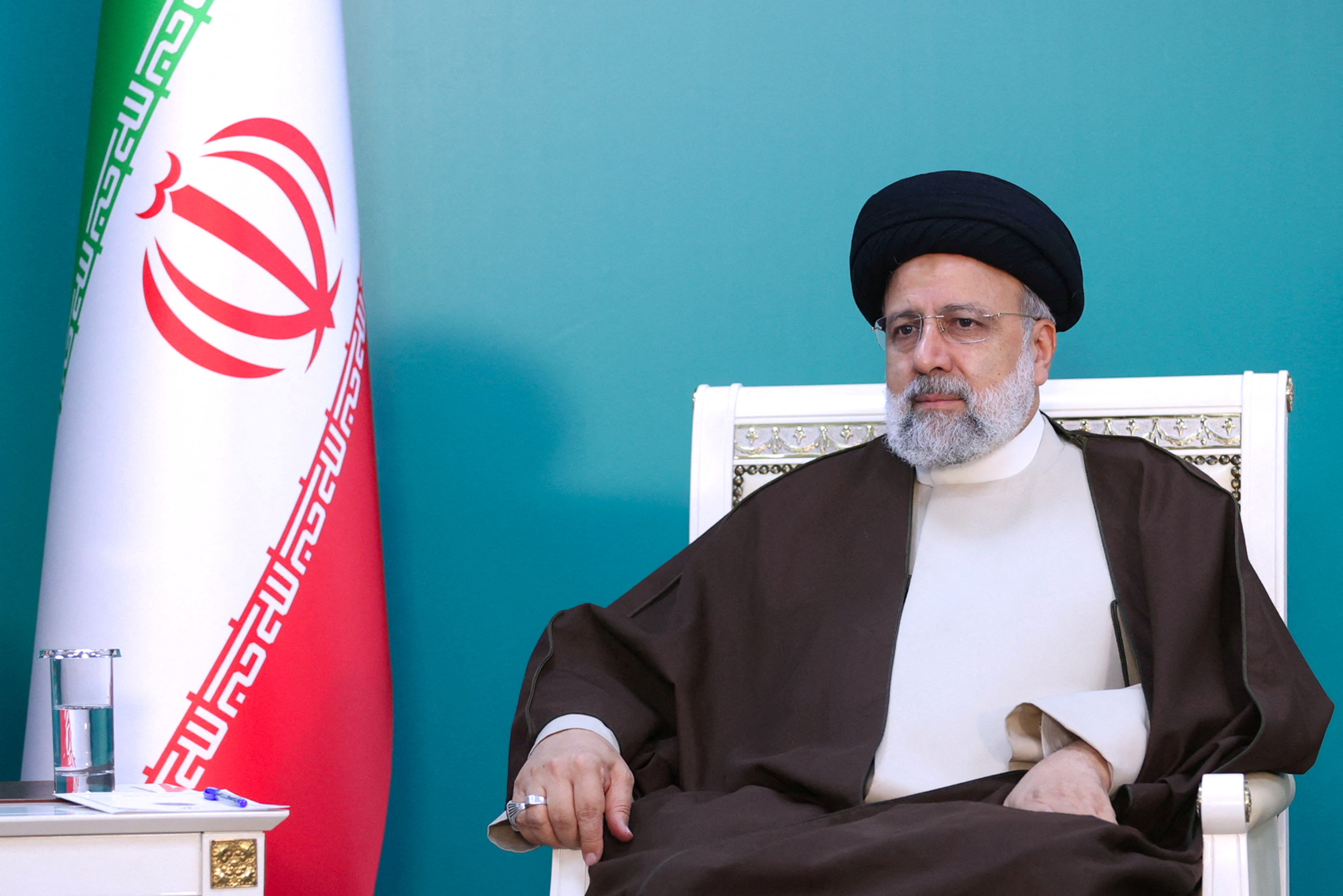
2.2 Post-Revolutionary Changes
2.3 Evolution of Presidential Powers
Constitutional Framework
3.1 The Constitution of the Islamic Republic of Iran
3.2 Presidential Powers and Responsibilities
3.3 Checks and Balances
Electoral Process
4.1 Eligibility Criteria for Presidential Candidates
4.2 The Role of the Guardian Council
4.3 Election Procedures and Voter Participation
Role and Functions of the President
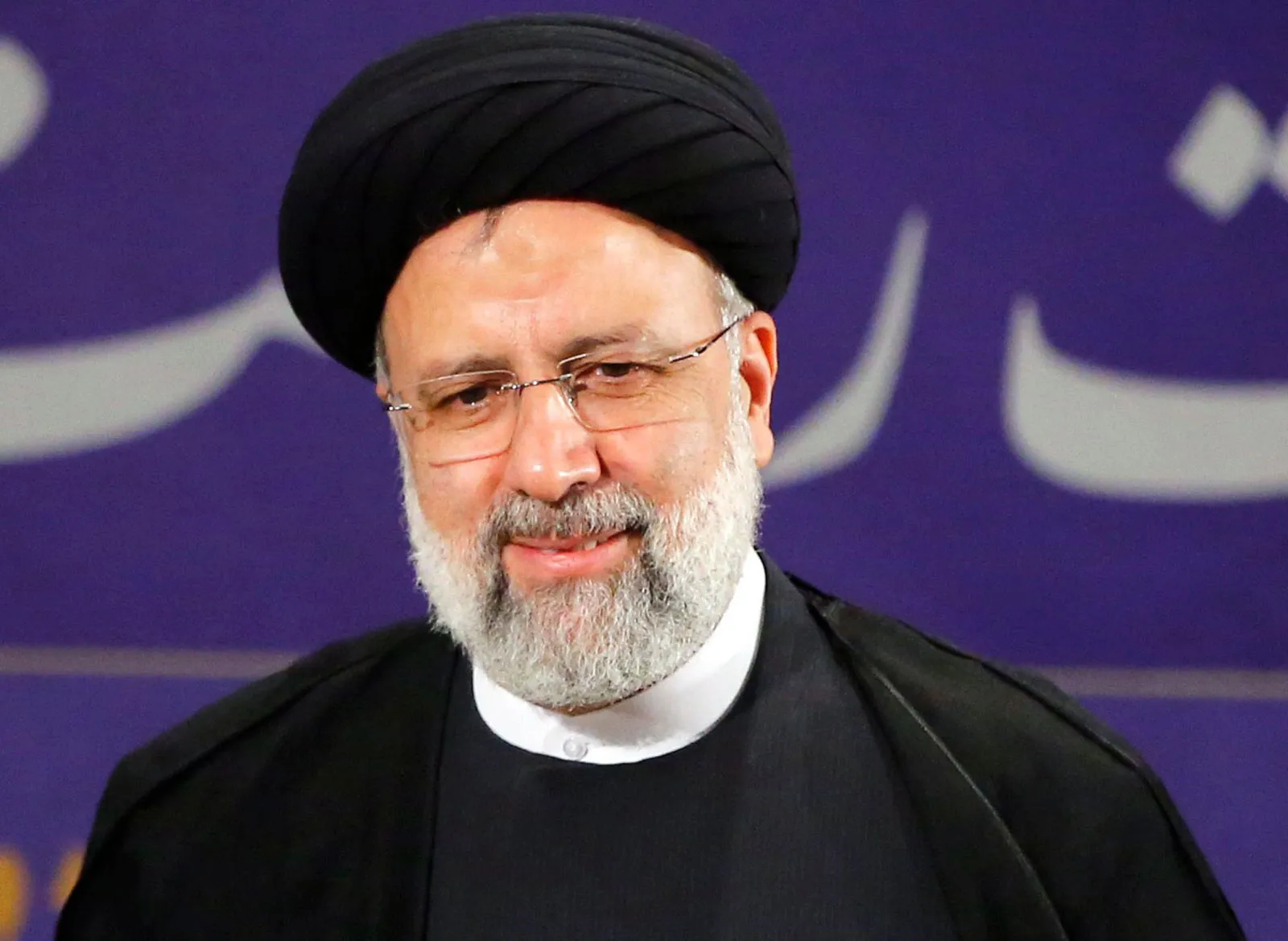
5.1 Executive Authority
5.2 Foreign Policy and International Relations
5.3 Socioeconomic Development
5.4 Judicial and Legislative Interactions
Presidential Power Dynamics
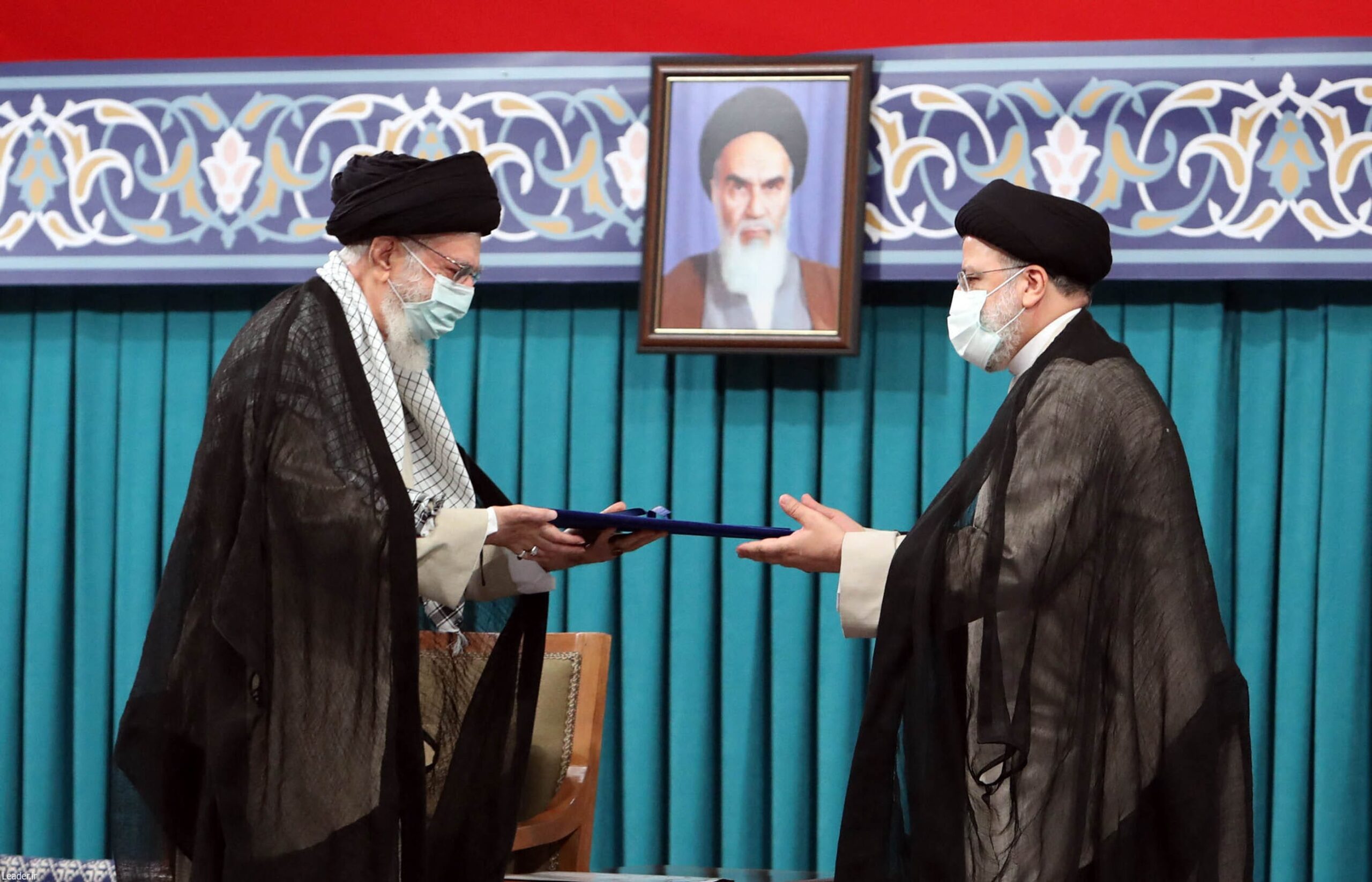
6.2 Relationship with Parliament and Judiciary
6.3 Influence of Revolutionary Institutions
Challenges and Opportunities
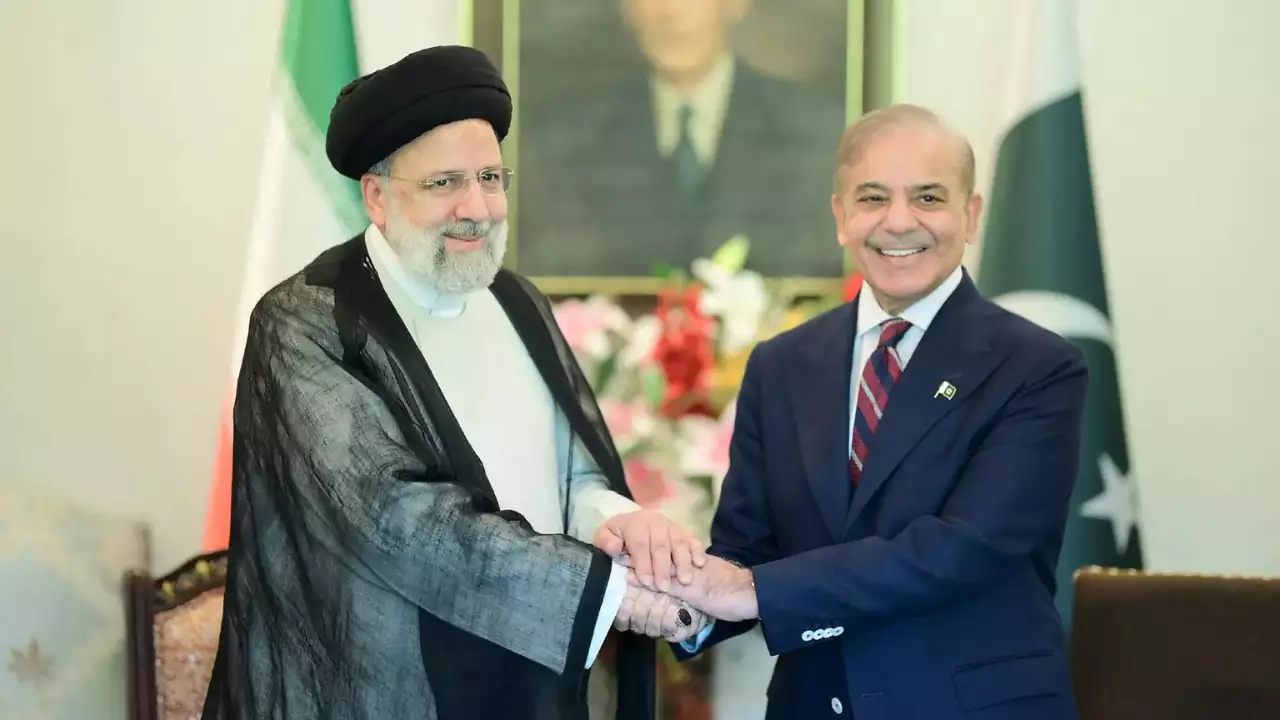
7.1 Domestic Challenges
7.1.1 Socioeconomic Issues
7.1.2 Political Dissent and Civil Liberties
7.2 International Pressures
7.2.1 Sanctions and Diplomatic Isolation
7.2.2 Regional Conflicts and Security Concerns
Case Studies: Notable Presidents and Their Legacies
8.1 Mohammad Khatami (1997-2005)
8.2 Mahmoud Ahmadinejad (2005-2013)
8.3 Hassan Rouhani (2013-2021)
8.4 Ebrahim Raisi (2021-present)
The Raisi Presidency: Analyzing the Current Landscape
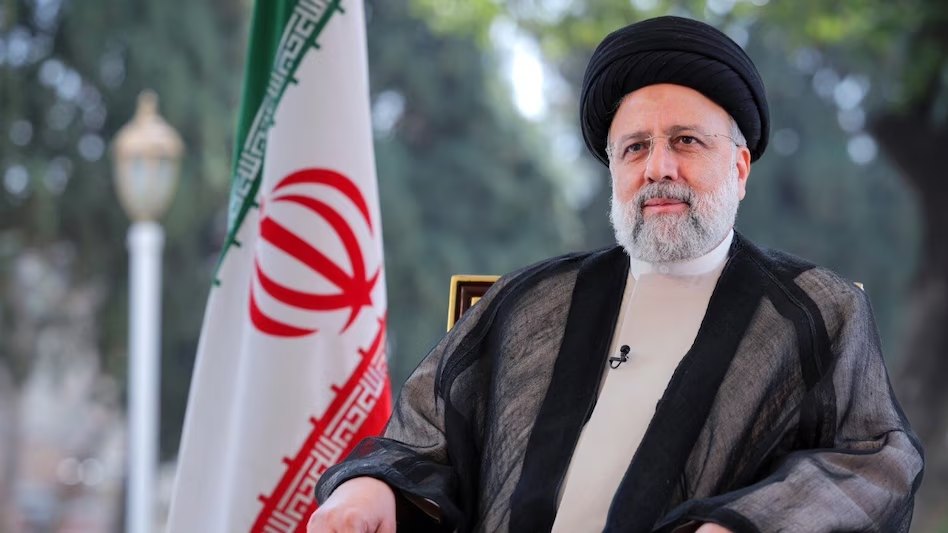
9.1 Background and Political Profile
9.2 Policy Priorities and Agenda
9.3 Assessing Early Performance and Challenges Ahead
Future Prospects and Implications
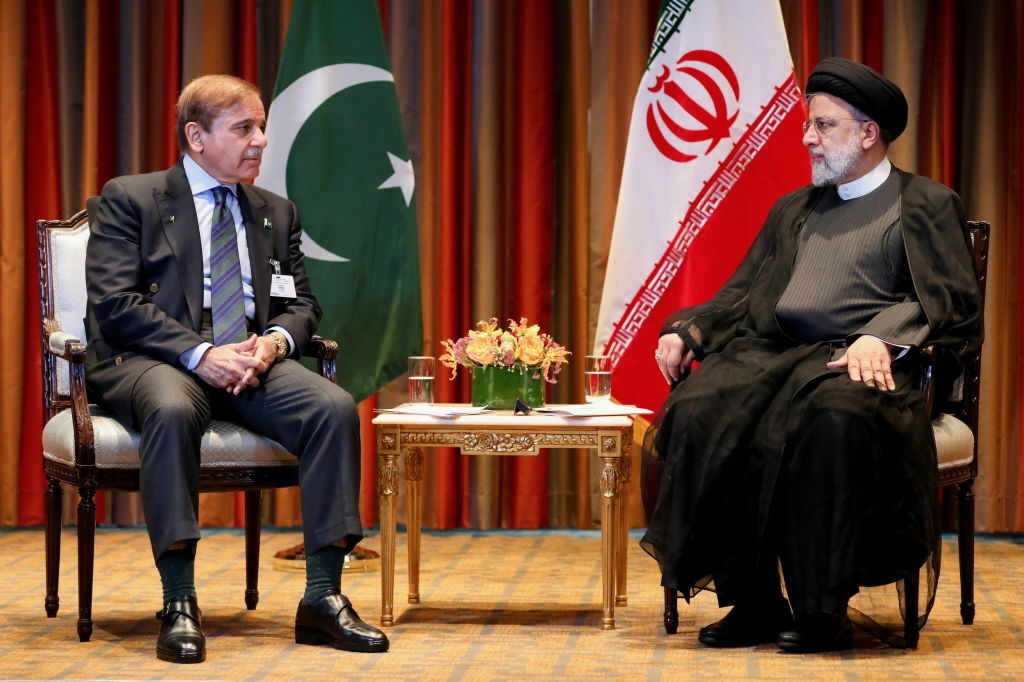
10.2 Impact on Regional Stability
10.3 Implications for Global Diplomacy
Conclusion
11.1 Summary of Key Findings
11.2 Policy Recommendations
11.3 Areas for Further Research
This comprehensive analysis of Iran’s presidency provides a nuanced understanding of its historical evolution, constitutional framework, electoral dynamics, and the evolving role of presidents within Iran’s complex political landscape. Through a multidimensional examination, this paper sheds light on the challenges, opportunities, and future prospects facing Iran’s presidency, with a specific focus on the current administration under President Ebrahim Raisi.
FAQs
What is the role of the president in Iran’s political system?
The president in Iran serves as the head of government and is responsible for overseeing the executive branch’s administration. While the Supreme Leader holds ultimate authority, the president is tasked with implementing policies, managing domestic affairs, and representing Iran on the international stage.
How is the president of Iran elected?
The president is elected through a multi-stage process. Candidates must be vetted and approved by the Guardian Council, which consists of clerics and jurists. The president is then elected by popular vote in a nationwide election, typically held every four years.
What are the powers and limitations of the Iranian presidency?
The president has significant executive powers, including the authority to appoint ministers, propose legislation, and formulate domestic and foreign policies. However, the president’s powers are circumscribed by the Supreme Leader, who has ultimate authority over matters of national security, foreign policy, and the armed forces.
What are some of the main challenges facing Iran’s presidents?
Iran’s presidents face a range of challenges, including economic stagnation, political dissent, social unrest, and international isolation. Additionally, navigating the complex power dynamics within Iran’s political establishment, particularly with the clerical establishment and Revolutionary institutions, presents significant challenges for presidents.
How have recent presidents approached foreign policy and relations with the international community?
Recent presidents have pursued varying approaches to foreign policy, reflecting differing ideological perspectives and strategic priorities. While some have advocated for engagement and dialogue with the international community, others have adopted more confrontational stances. The nuclear deal negotiated by President Hassan Rouhani’s administration and subsequent developments illustrate the complexities of Iran’s foreign policy.
What are the implications of the Raisi presidency for Iran and the region?
The presidency of Ebrahim Raisi has significant implications for Iran’s domestic politics, regional dynamics, and international relations. Raisi’s background as a conservative cleric and his close ties to the Supreme Leader suggest a continuation of conservative policies domestically and a more assertive posture regionally. His administration’s approach to issues such as economic reform, human rights, and nuclear negotiations will shape Iran’s trajectory in the coming years.
How do Iran’s presidential elections impact the country’s political landscape?
Presidential elections in Iran serve as a barometer of public sentiment and can influence the balance of power within the country’s political elite. They also provide an opportunity for different factions to articulate their visions for Iran’s future and can lead to shifts in policy direction depending on the outcome.
What role do international sanctions play in shaping Iran’s presidential politics?
International sanctions have had a significant impact on Iran’s economy and domestic politics, influencing voter perceptions and presidential agendas. The debate over how to respond to sanctions, whether through confrontation or negotiation, has been a recurring theme in Iranian presidential campaigns and administrations.
How does Iran’s presidential system compare to other forms of government?
Iran’s presidential system, within the context of its unique political and religious framework, combines elements of democracy with theocratic governance. While the president is elected through popular vote, the Supreme Leader holds ultimate authority, leading to a complex interplay of powers between elected and unelected institutions.
What are some potential areas for further research on Iran’s presidency?
Areas for further research on Iran’s presidency could include the role of the president in economic policymaking, the impact of presidential elections on social and cultural dynamics, the influence of international actors on Iran’s domestic politics, and comparative analyses of Iran’s political system with other countries in the region.


